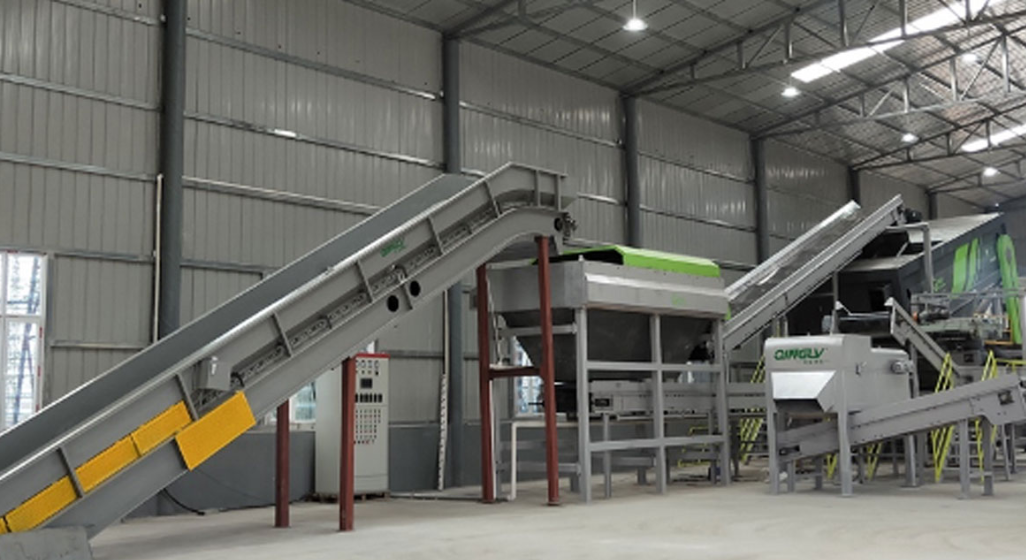 Time:2025-01-24
Time:2025-01-24
 Source:青绿环境
Source:青绿环境
With the Acceleration of Urbanization
As urbanization accelerates, the volume of domestic waste has surged dramatically. How to effectively manage this waste has become one of the significant challenges facing society. Traditional landfilling and incineration methods not only consume a large amount of land resources but also pose potential environmental pollution risks. Therefore, exploring resource recovery methods for domestic waste has become the key to solving this problem.

Resource Recovery of Domestic Waste
Waste sorting is a crucial step in achieving resource recovery. By using advanced sorting equipment, different types of waste can be efficiently and accurately separated, laying a solid foundation for subsequent recycling. In recent years, the development of intelligent sorting technology has been particularly remarkable. It integrates knowledge from multiple disciplines, including mechanical engineering, information technology, and artificial intelligence, to achieve automation and intelligence in waste processing.
Practical Applications of Waste Sorting Equipment
In practice, waste sorting equipment is mainly divided into two categories: physical sorting and chemical sorting. Physical sorting includes various methods such as magnetic separation, air separation, screening, and flotation. For example, magnetic separators can effectively pick out iron objects from mixed waste, while air separation uses airflow to blow lightweight recyclables like plastic bottles and paper away from heavier waste. For complex waste that is difficult to separate using a single method, combined sorting lines are employed, integrating multiple physical sorting techniques to ensure the maximum recovery of resources.
Chemical sorting targets specific components or substances that are similar in nature but difficult to distinguish physically, such as organic waste. By leveraging biochemical reactions or special reagents, these materials can be transformed into useful materials or energy. For example, anaerobic fermentation technology can convert kitchen waste into biogas, a form of clean energy. The residual sludge produced can also be made into organic fertilizer for agricultural use.
Artificial Intelligence-Based Visual Recognition Systems
In addition to the two basic categories mentioned above, artificial intelligence-based visual recognition systems are becoming increasingly popular. These advanced sorting devices capture image information through cameras and use deep learning algorithms to accurately identify the material and category of objects, guiding robotic arms to perform the grasping actions. This significantly improves work efficiency and accuracy.
Design Considerations for Waste Sorting Equipment
To better serve the goal of resource recovery, the design of waste sorting equipment must take into account the characteristics of local waste composition and market demand. On one hand, equipment parameters should be adjusted according to the living habits and consumption patterns of different regions to adapt to local waste characteristics. On the other hand, cooperation with downstream industries should be strengthened to ensure stable sales channels and reasonable market prices for the sorted resources.
In summary, with the advancement of technology and the increasing environmental awareness of society, waste sorting equipment will play an increasingly important role in the resource recovery of domestic waste. By continuously optimizing and improving existing technologies, we are confident in building a cleaner and more efficient waste management system. This will ensure that every discarded item finds new value and purpose. It is not only an effective measure to protect the environment but also an inevitable choice for promoting the development of a circular economy.













 Prev
Prev











